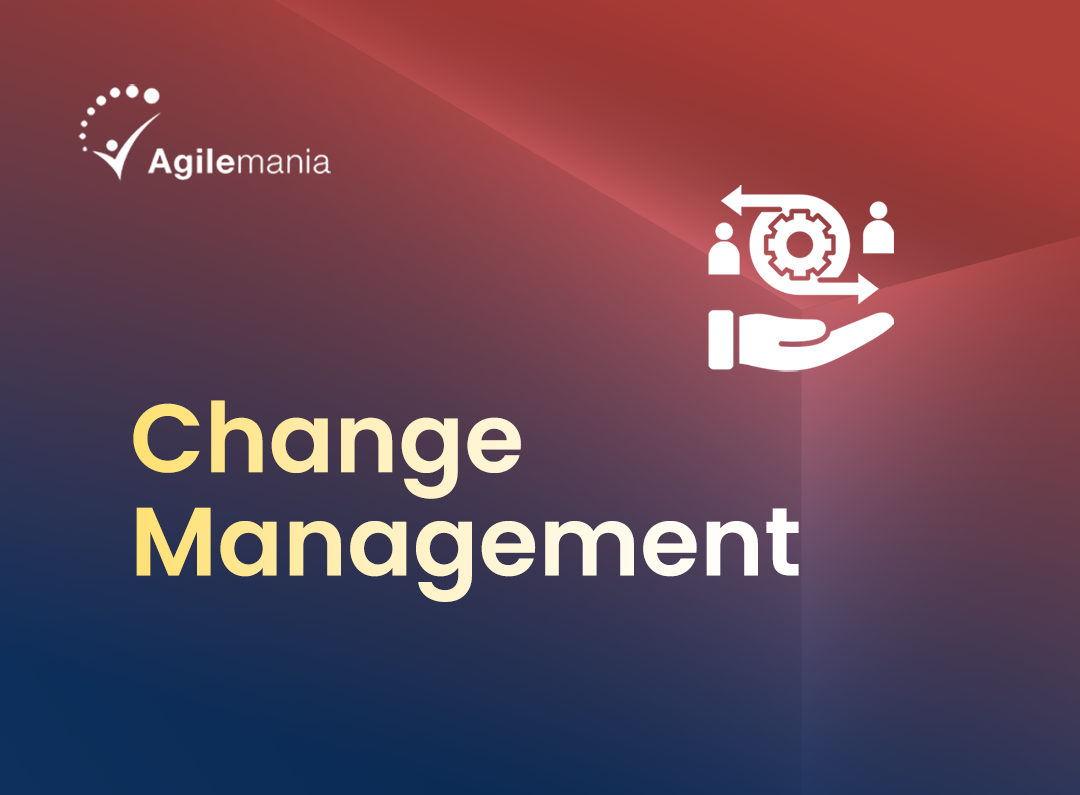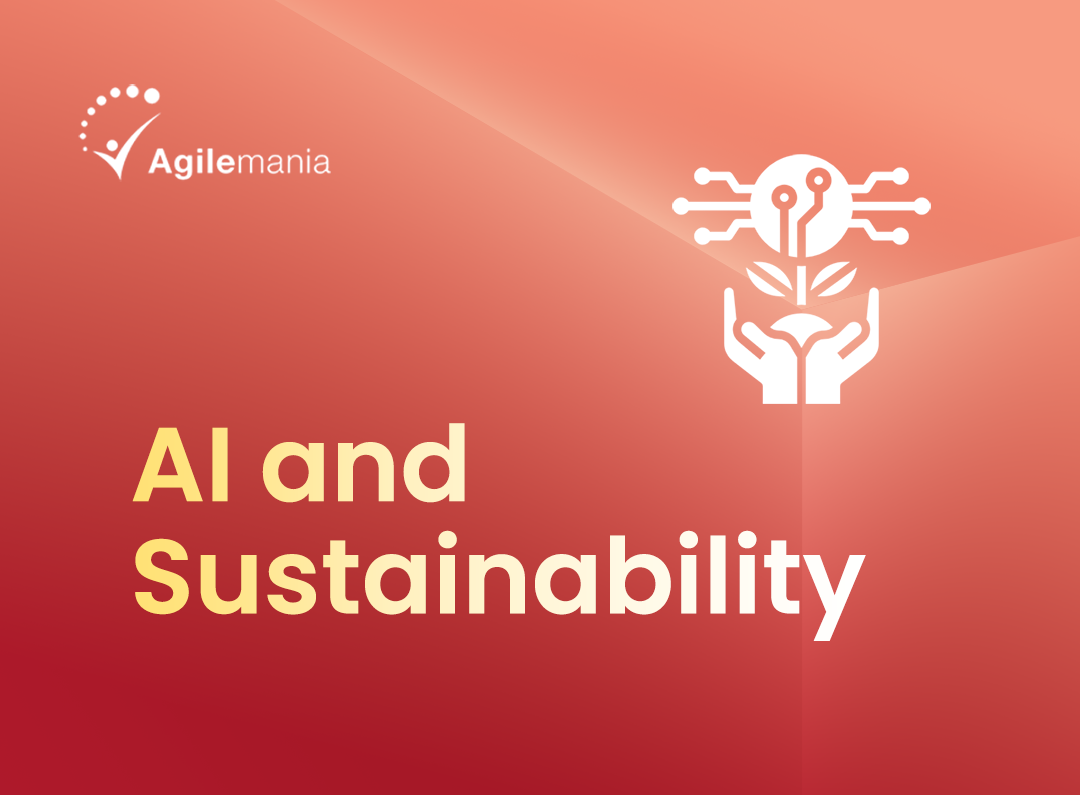Adaptability and speed are critical factors in today's fast-paced economy, and Agile methodologies are revolutionizing project management.
Traditional project management approaches often struggle with the demands of modern organizations, where change is constant and rapid decision-making is essential.
The rigid, linear processes of the past are giving way to Agile’s dynamic and flexible framework, which empowers teams to navigate uncertainties and deliver value continuously.
Agile is not just a methodology—it's a mindset that fosters collaboration, innovation, and responsiveness. Unlike traditional models that rely heavily on detailed upfront planning and sequential phases,
Agile promotes iterative development, where projects are broken down into smaller, manageable pieces.
This allows teams to quickly adapt to new information and evolving requirements, ensuring that the end product aligns closely with stakeholders' needs and market demands.
By embracing Agile, organizations can break free from the constraints of fixed plans and outdated practices.
Agile methodologies enable teams to work in short cycles, gather feedback early and often, and make real-time adjustments.
This iterative approach accelerates the delivery of value and enhances the ability to pivot when necessary, ensuring that projects remain on track and relevant.
In this blog, we’ll dive into the core principles of Agile, explore essential business analysis practices, and provide practical tips on applying Agile techniques to enhance your projects.
Whether you’re just starting your Agile journey or looking to optimize your existing practices, this blog will equip you with the knowledge to leverage Agile for greater efficiency, innovation, and success.

Looking to advance your career in Business Analysis? These credentials will help you develop important skills and open new opportunities. Start your journey toward certification today!
Enroll Now!What is Agile Methodology?
Agile methodologies are grounded in the Agile Manifesto, a document created by a group of software developers in 2001.
At its heart, Agile focuses on flexibility, collaboration, and a customer-centric approach. Unlike traditional waterfall methods, Agile promotes iterative development. This allows teams to deliver incremental improvements quickly and respond more effectively to changing requirements.
Fundamental Principles of Agile Methodologies
- Customer Collaboration over Contract Negotiation
Agile emphasizes working closely with customers and stakeholders throughout the project. This ensures that the end product meets their needs and expectations rather than just sticking to a contract. -
Responding to Change over Following a Plan
Agile recognizes that requirements and priorities can shift. Instead of rigidly following a predefined plan, Agile teams adapt to these changes, making adjustments to meet evolving needs. -
Iterative and Incremental Delivery
Agile projects are divided into small, manageable increments. Each iteration delivers a working product or feature, allowing teams to gather feedback early and often. This iterative approach facilitates timely course corrections.
Agile Business Analysis Practices
Business Analysis plays a crucial role in Agile methodologies, acting as the bridge between stakeholders and development teams. Agile Business Analysts are tasked with eliciting, analyzing, and prioritizing requirements to ensure alignment with business objectives and user needs.
Key Practices Include:
-
User Stories: Concise, user-focused descriptions of desired functionality, written from the end user’s perspective. Agile Business Analysts work with stakeholders to capture and prioritize these stories based on value and complexity.
-
Prioritization Techniques: Methods like MoSCoW (Must have, Should have, Could have, Won't have) help teams decide which features or user stories to address first, ensuring that the most valuable work is completed early in the project.
-
Continuous Collaboration: Agile Business Analysts maintain open lines of communication with stakeholders, development teams, and other project members throughout the project lifecycle, ensuring that requirements stay aligned with business goals.

Boost your skills with our Business Analysis Fundamentals Training at Agilemania. Learn core techniques, tools, and Agile practices to excel in your business analysis role.
Enroll Now!Applying Agile Techniques in Business Analysis
Embracing Agile in Business Analysis requires a shift in mindset. Instead of focusing solely on documentation, Agile Business Analysts actively engage in the development process, working closely with cross-functional teams to deliver value iteratively.
Key Techniques Include:
-
Just-In-Time Analysis: Agile Business Analysts avoid extensive upfront documentation, opting instead for analysis as needed. This approach allows teams to remain responsive to changing priorities and requirements.
-
Continuous Feedback Loop: Seeking feedback from stakeholders and end users early and often is crucial. Techniques like demos, prototypes, and user testing help validate requirements and gather insights for improvement.
-
Adaptability and Flexibility: Agile Business Analysts embrace change and uncertainty, remaining flexible and ready to adjust requirements and priorities to deliver value effectively.
Conclusion
Agile methodologies offer a flexible and adaptive approach to project management, enabling organizations to respond to change, deliver incremental value, and stay customer-focused. By integrating Agile practices into Business Analysis, organizations can streamline their processes, enhance collaboration, and achieve greater success in their projects. Embrace the Agile mindset and transform your approach to project management—your projects will thank you!
Have you ever thought about how Business Analysts work in Agile Scrum?
They play an important role in connecting stakeholders and developers. To learn more about what they do and how they help Agile teams, check out the blog!
Read More





























































































